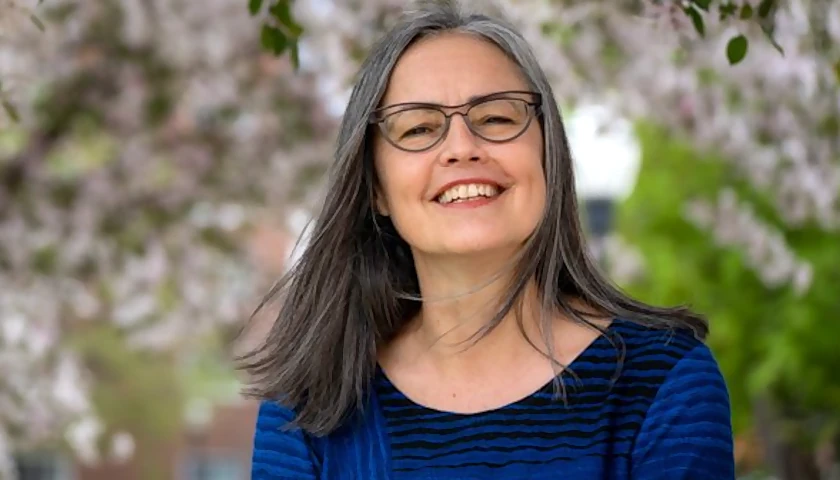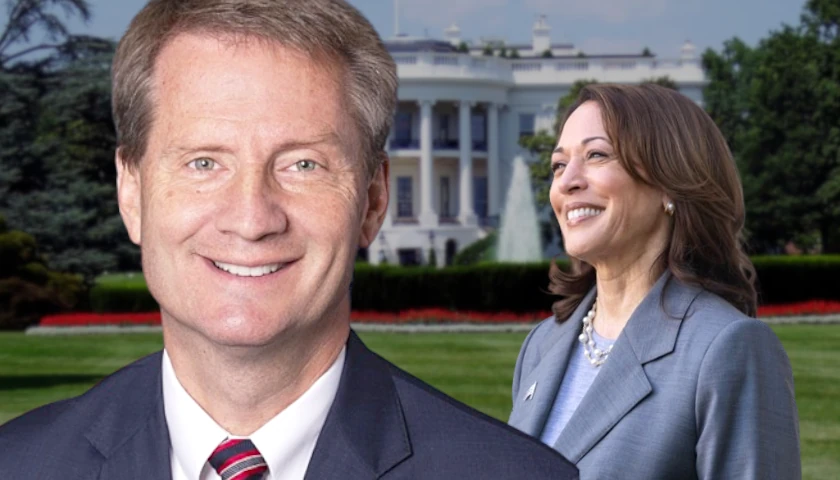by John Staddon
The National Science Foundation (NSF) was created by Congress in 1950 “to promote the progress of science….” Following a 2012 recommendation, NSF now has an Office of Diversity and Inclusion (D&I). NSF was just following the crowd, for almost every academic and research institution now has a D&I program.
No one wants to exclude people or not be diverse. So, what’s wrong with D&I?
Could D&I perhaps interfere with “the progress of science”? John Rosenberg, in a much-commented Martin Center piece, describes a number of problems, such as the injection of “diversity” into curricula and the creation of “professors of diversity.” Two recent Chronicle of Higher Education articles illustrate another serious problem: corruption of the educational process itself.
The first piece, Against Diversity Statements, by Jeffrey Flier, former dean of Harvard Medical School, is a gentle critique. The second article, In Defense of Diversity Statements, by Professor Charlotte Canning and Associate Professor Richard Reddick, is a reaction to Flier’s mild objection (which Canning and Reddick stigmatize as “scaremongering”).
Diversity statements are an accelerating trend, urging not just sympathy with diversity and inclusion, but active involvement. College faculty are asked or required to include in their hiring, promotion, or review materials statements highlighting contributions to “diversity, equity and inclusion.” They must explain in detail how they have produced “equitable and inclusive environments” for “people of color, women, queer, and other underrepresented faculty members.”
Flier’s article didn’t propose that diversity statements be abolished. He simply warns they may lead to “politically influenced litmus tests.” The demise of Google engineer James Damore, fired for writing a bland critique of Google’s D&I policy, is an example of the kind of thing that Flier warns against. Will Damore’s academic counterparts soon be similarly vulnerable?
Diversity Is Irrelevant To Academe’s Main Purpose
The fundamental objection to diversity initiatives is that they have nothing whatever to do with the core mission of a university: which is intellectual excellence in the pursuit of truth via teaching and research. D&I efforts might still be acceptable if they did not interfere with the university’s core mission. Ancillaries like health care, dining facilities, and (perhaps) sports do not compromise education or research. But, is “diversity and inclusion” like that? No. Increasingly D&I conflicts with intellectual excellence.
In addition to the political litmus tests feared by Dean Flier, diversity and inclusion of identity groups sometimes means exclusion and uniformity of ideas — and diversity advocates sometimes admit it. Identity diversity is very far from idea diversity. The drive for diversity can also limit rigor and dumb down difficult courses. The Canning and Reddick article provides a couple of examples.
These two authors claim that the academy is not “a space of objective assessment” especially for “those on the margins.” Rather than defend this claim with any kind of empirical argument, they recite the tale of Carmen Mitchell, a Ph.D. student in the Department of Health Management at the university of Louisville.
D&I evidently helped Ms. Mitchell, who affirms that “Nearly all of the most supportive and helpful faculty members who helped steer me toward a Ph.D. were women (of many races).” In other words, her personal leg-up justifies the D&I program. Reacting to a comment by a prominent critic of “diversity statements,” she writes,
Back in September, Heather MacDonald, criticizing the new requirement, asked readers to consider whether Albert Einstein would have been hired into a faculty position if he had to provide an EDI statement, implying that it may have been a distraction from his work as a scientist.
Good point; but then Ms. Mitchell goes on: “Personally, I find Einstein to be a curious example, given that Einstein was Jewish and a frequent target of anti-Semitism throughout his life.”
I find Ms. Mitchell’s puzzlement puzzling in itself. Einstein was hired because of his brilliance as a physicist, not his Jewishness. Why wouldn’t other, but equally brilliant, equally ‘marginalized,’ scientists have benefited in the same way as Einstein? In other words, what’s diversity got to do with it? The answer: nothing.
Continuing on this trajectory, Ms. Mitchell asks: “How many female, black, poor and other Einsteins have we failed to discover because of the academy’s history of exclusion…? [emphasis added].” She does not go on to ask, “How many non-female, non-poor Einstein’s were excluded because female and black candidates were preferred?” Nor does she ponder whether all these women and minority candidates were in fact better — smarter, more hard-working — than all those excluded. These are not issues for Ms. Mitchell, for whom curing “underrepresentation” is all that matters.
If A Course Is Tough, Change The Course?
What does Ms. Mitchell mean by “an inclusive environment”? She gives an example illustrating the destructiveness of the whole diversity project:
Consider an introductory biology course, for example. Often, such courses are structured so that students’ grades are based on a few exams that require memorization of a large volume of content. Such grading schemes heavily privilege upper-middle-class traditional students with copious amounts of support and free time over their working-class and nontraditional peers with jobs and families.
In other words, biology exams are tough and “upper-middle-class” students do well on them because they lead privileged lives (and ‘underrepresented minorities,’ presumably, do badly).
Unfortunately, the data show that class is not very relevant to college success:
Troubling disparities [in college completion] between students of color and their white peers and among students from different socioeconomic back grounds persist even after adjusting for differences in academic preparation.
Ms. Mitchell seems not to understand that individual students differ in motivation and ability and that these differences owe little to class differences. Exams can be tough and minority students tend to do worse on them, regardless of background.
Instead of acknowledging individual differences, Mitchell’s solution to racial disparities is to change “grading schemes.” She objects to memorizing a “large volume of content.” Her “inclusion” solution is to change the intellectual content of the biology course so that students like her can cope: less-to-memorize and easier exams. The quality of what is being taught has become irrelevant. Content is subordinate to inclusion.
I don’t want to be too hard on an aspiring graduate student. Ms. Mitchell’s reasoning is no worse than that that of other D&I advocates. But Mitchell’s story is hardly sufficient; indeed, her failure to grasp MacDonald’s point suggests that problems may often lie with the students not their teachers.
The unavoidable conclusion is that diversity programs are evolving just as many have predicted: to erode academic standards and to promote second-rate fields and third-rate thinking.
The D&I bureaucracy already consumes an excessive share of university resources. The tail is wagging the dog. It’s time to lop it off.
– – –





